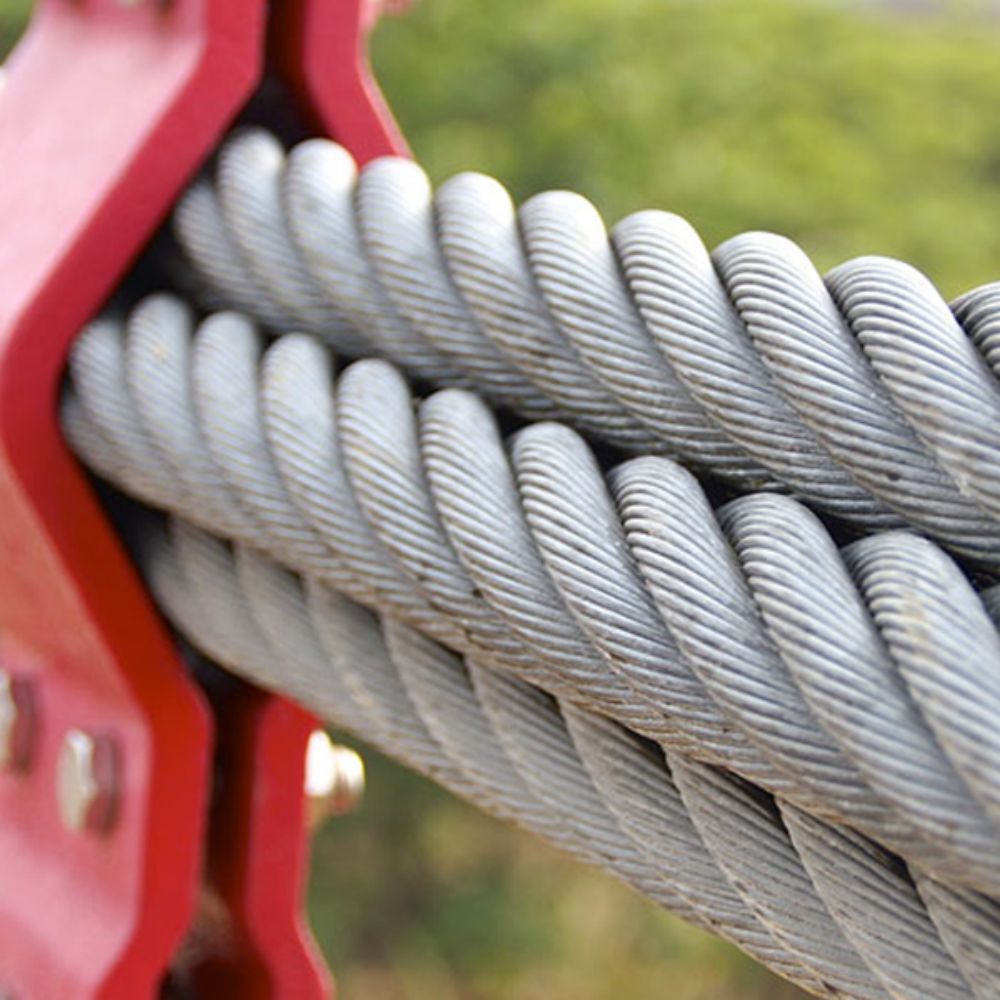
Stainless wire ropes are vital for their strength and corrosion resistance. Blogs offer insights for professionals and DIY enthusiasts on their uses and benefits. Here’s what you can typically expect to find in these blogs:
The Coefficient of Friction (COF) measures the resistance to sliding between two surfaces and is crucial in understanding the behavior of steel wire ropes under impact loads. Unlike stable contact conditions, the COF behaves differently under impact. Under stable conditions, the COF remains constant with increasing load, stabilizing around 0.73 for dry-friction and approximately 0.35 when lubrication is used. However, the COF significantly decreases under impact loads, with maximum values around 0.36. This reduction is mainly due to the dynamic nature of impact, which affects the contact mechanics between the wire ropes.
Temperature rise is a critical factor affecting the performance and lifespan of steel wire ropes. Under frictional contact, temperature increases rapidly at the onset of sliding, especially in dry conditions, potentially reaching up to 103 °C. This intense heat generation is due to friction. Lubrication significantly moderates this temperature increase, with maximum rises around 10 °C, as the lubricating medium dissipates heat and reduces frictional forces.
In conclusion, the dynamic interaction between impact loads, sliding velocity, and temperature rise underlines the importance of careful design and lubrication in enhancing the performance and longevity of steel wire ropes in ultra-deep mining applications. Engineers must consider these factors to develop hoisting systems that can withstand the harsh conditions of deep shaft and subsea mining.
Stainless wire ropes are vital for their strength and corrosion resistance. Blogs offer insights for professionals and DIY enthusiasts on their uses and benefits. Here’s what you can typically expect to find in these blogs: